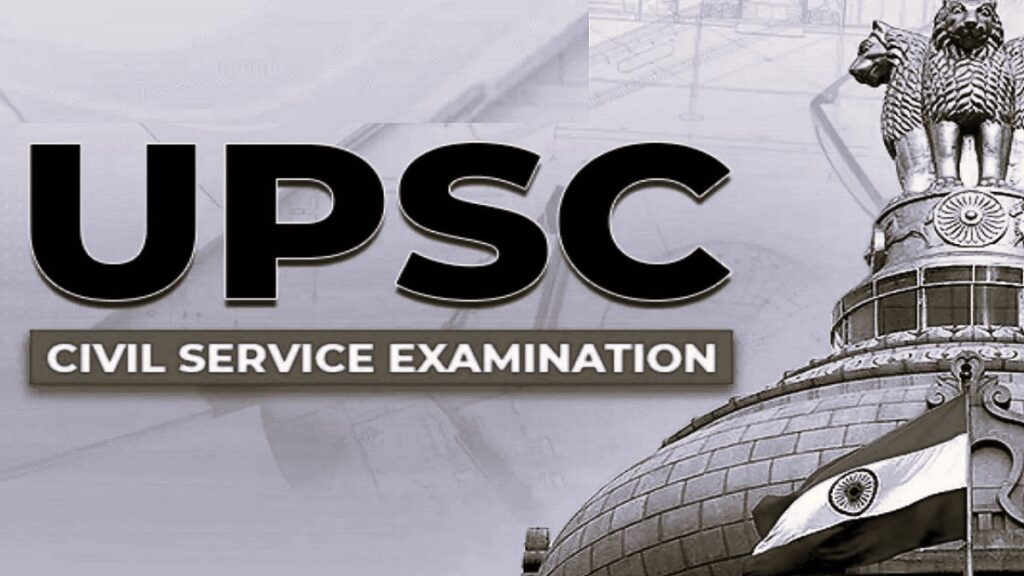
India is a country with an incredibly rich and diverse cultural heritage, spanning thousands of years. From the ancient civilizations of the Indus Valley to the dynamic present day, Indian culture has continuously evolved—blending tradition with innovation. In this article, we explore the major aspects of Indian culture: art forms, literature, and architecture, tracing their journey from ancient times to the modern era.
Ancient Art Forms: The Foundation of India’s Creative Identity
The earliest traces of Indian creativity can be seen in the Indus Valley Civilization, where artisans crafted pottery, seals, and figurines with remarkable skill. As spiritual beliefs grew, so did the depth and symbolism in art.
Classical Indian dance forms like Bharatanatyam, Kathak, Odissi, and Kathakali began in temples, retelling stories from Hindu mythology. Meanwhile, folk dances such as Bhangra, Lavani, and Garba became vibrant expressions of regional life and festivals.
In music, Hindustani (North Indian) and Carnatic (South Indian) traditions emerged, enriched by great composers and instruments like the sitar, tabla, and veena.
When it comes to painting, styles like Ajanta murals, Madhubani, Warli, and Pattachitra captured religious themes and everyday scenes, offering insight into ancient life and beliefs.
Indian Literature: A Voice Through the Centuries
Indian literature is one of the oldest and most profound in the world. It started with the Vedas, composed around 1500 BCE, which formed the spiritual and philosophical base of Indian thought.
India’s two great epics, the Ramayana and Mahabharata, are more than stories—they’re guiding philosophies that continue to influence Indian life.
In the classical era, Kalidasa’s poetry, Tamil Sangam literature, and philosophical texts in Sanskrit flourished. Later, the Bhakti and Sufi movements brought devotional poetry in local languages, accessible to all.
During medieval times, saints like Kabir, Mirabai, and Tulsidas gave voice to the spiritual and emotional lives of ordinary people. In the modern age, legends like Rabindranath Tagore, Munshi Premchand, R.K. Narayan, and Amrita Pritam shaped contemporary Indian storytelling in both native languages and English.
Today, Indian literature continues to grow globally through authors like Arundhati Roy, Chetan Bhagat, and Jhumpa Lahiri.
Architectural Heritage: India in Stone and Structure
Indian architecture is an incredible reflection of the country’s historical and cultural shifts. The Indus Valley Civilization had planned cities like Harappa and Mohenjo-Daro, with drainage systems and symmetrical layouts.
With time, Buddhist stupas, such as the Sanchi Stupa, and the carved Ajanta and Ellora caves emerged. As Hindu temple architecture developed, it took three main forms—Nagara in the north, Dravida in the south, and Vesara in the Deccan.
Famous temples like Konark’s Sun Temple, Khajuraho, and Brihadeeswarar are known for their beauty, symmetry, and spiritual depth.
The arrival of Islamic rule introduced Indo-Islamic architecture, leading to masterpieces like the Qutub Minar, Gol Gumbaz, Red Fort, and the iconic Taj Mahal.
During British colonial rule, Victorian, Gothic, and Indo-Saracenic styles were added to the mix. Post-independence, India saw the rise of modernist architecture, thanks to visionaries like Charles Correa and B.V. Doshi, who fused global ideas with Indian ethos.
Preserving Culture in a Changing World
In today’s India, culture is alive and constantly evolving. Traditional art is preserved in galleries and cultural institutions like Lalit Kala Akademi and NID, while also being modernized by new-age artists.
Literature is booming online and in print—reaching more readers than ever. Architecture is moving toward sustainability, yet there is growing awareness around the need to conserve heritage buildings.
Government bodies like the Archaeological Survey of India (ASI) and groups like INTACH are playing a key role in conserving India’s priceless cultural treasures.
Conclusion
Indian culture is not a relic of the past—it’s a living tradition that continues to inspire, adapt, and flourish. The country’s art forms, literature, and architecture tell a timeless story of creativity, spirituality, and resilience. As we step into the future, honoring this heritage ensures that India’s cultural soul remains vibrant and relevant across generations.
NOTE: PLEASE LIKE , SHARE AND COMMENT IF YOU LIKE THE ABOVE CONTENT.
What are India’s classical dance forms?
India has 8 major classical dances, including Bharatanatyam, Kathak, Odissi, Kuchipudi, Mohiniyattam, Kathakali, Manipuri, and Sattriya.
Which Indian literary works are considered most influential?
The Ramayana, Mahabharata, Bhagavad Gita, Sangam literature, and Tagore’s works are considered cornerstones of Indian literature.
3. What architectural styles exist in India?
Indian architecture includes ancient temples, Buddhist stupas, Indo-Islamic designs, colonial structures, and modern sustainable buildings.
4. How has Indian literature evolved?
It evolved from Sanskrit scriptures to regional devotional poetry and modern global fiction in multiple languages.
